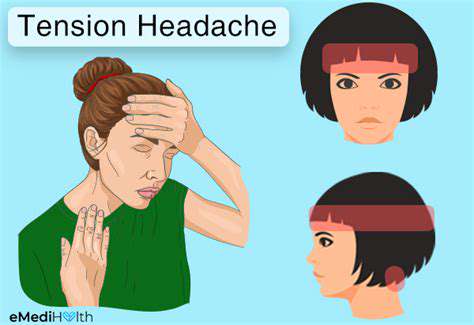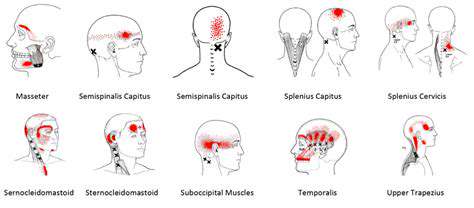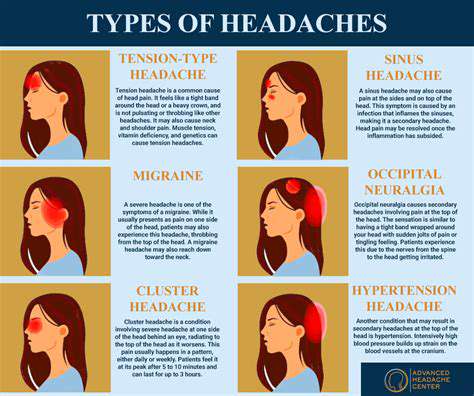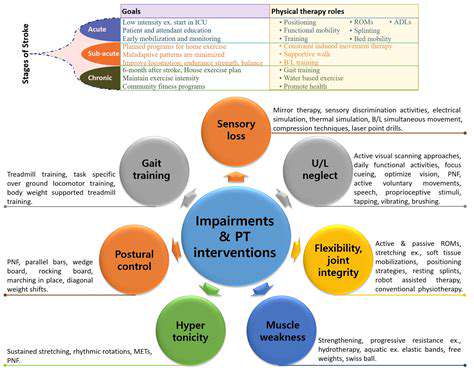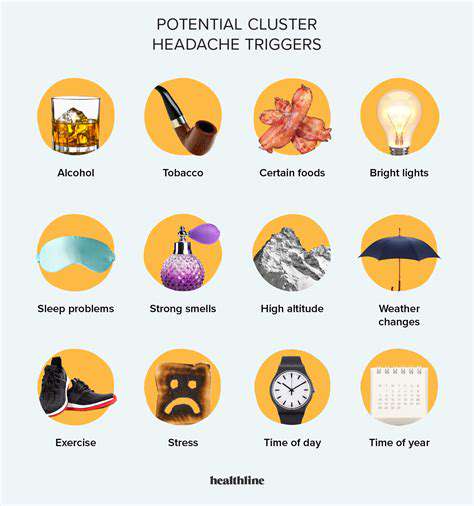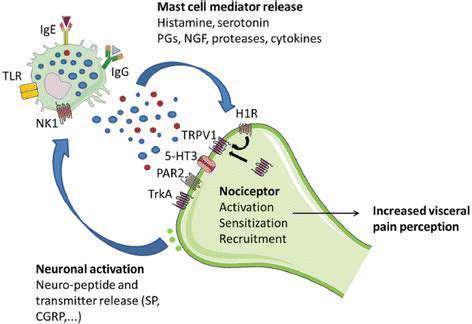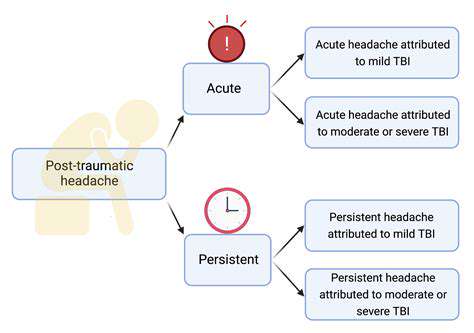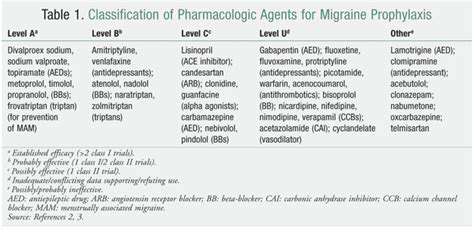HTML
CSS
HTML element
CSS class
Migraine
MSG
Le MSG (glutamate monosodique) comme déclencheur potentiel de migraine

Mécanismes potentiels de migraines induites par le glutamate monosodique (MSG)
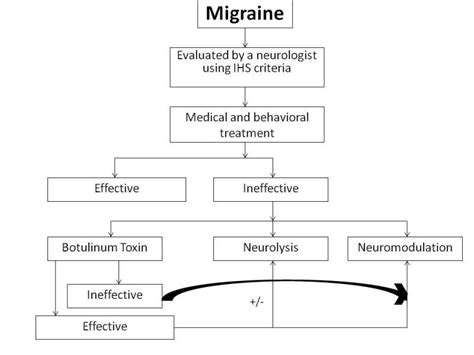
Mécanismes cellulaires potentiels
Le glutamate monosodique (MSG), un exhausteur de goût largement utilisé dans les aliments transformés, a suscité des débats quant à ses liens avec les migraines.
Recherche et preuves sur le glutamate monosodique (MSG) comme déclencheur de migraine
Recherches précoces et témoignages anecdotiques
Les premières recherches sur les liens entre le MSG et la migraine se sont fortement appuyées sur les témoignages des patients, de nombreux sujets décrivant des schémas de symptômes similaires
Read more about Le MSG (glutamate monosodique) comme déclencheur potentiel de migraine
Comprendre et gérer les maux de tête courants. Découvrez des stratégies efficaces pour gérer les types de maux de tête courants, y compris les céphalées de tension, la sinusite, les migraines et la fatigue oculaire. Les céphalées de tension, la forme la plus répandue, proviennent souvent du stress et de la tension musculaire, se manifestant par des sensations sourdes et serrées autour du front. Apprenez à identifier les symptômes, à reconnaître les causes et à explorer diverses options de traitement pour soulager l'inconfort. La sinusite, marquée par des douleurs faciales et de la pression, peut résulter d'infections et d'allergies. Comprenez l'importance d'un diagnostic rapide et d'un plan de traitement personnalisé pour prévenir les complications. De plus, plongez dans les crises de migraine – caractérisées par des douleurs pulsantes intenses et d'autres symptômes comme des nausées – et explorez les traitements aigus et préventifs pour gérer leur fréquence et leur gravité. La fatigue oculaire peut accompagner les maux de tête, notamment après des périodes prolongées devant un écran. Trouvez du soulagement avec des conseils pratiques tels que la règle 20-20-20, les ajustements d'écran et un éclairage approprié. Que vous soyez confronté à des céphalées de tension ou à d'autres conditions liées à la douleur, ce guide complet fournit des informations précieuses sur la reconnaissance des symptômes, les ajustements de style de vie et le moment de demander un avis médical. ---*Gérez vos maux de tête efficacement et récupérez votre qualité de vie !*
Jan 07, 2025
Mal de tête lors de la rotation de la tête : comprendre les symptômes
Apr 30, 2025
Soins chiropratiques pour les maux de tête : que disent les recherches ?
May 08, 2025
Formation en biofeedback pour le contrôle des migraines
May 16, 2025
Fromages affinés et charcuteries : Tyramine et maux de tête
May 19, 2025
Construire la résilience face aux migraines
May 21, 2025
Le lien entre allergies, problèmes de sinus et migraines
May 30, 2025
Qu'est-ce que la migraine vestibulaire ? Lien entre vertiges et migraine
May 30, 2025
L'avenir des médicaments contre la migraine : Quelles perspectives s'offrent-elles ?
Jun 03, 2025
Le lien entre les changements météorologiques et les maux de tête
Jun 05, 2025
Techniques de réponse de relaxation pour la prévention des maux de tête
Jun 07, 2025
